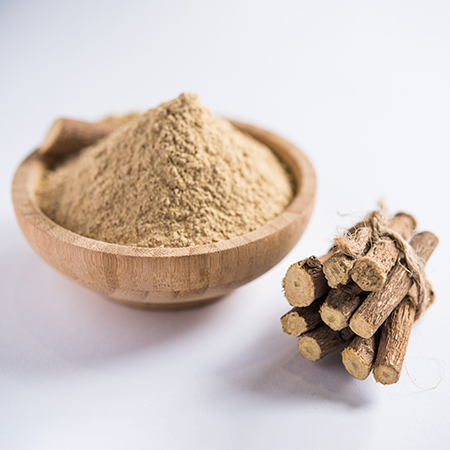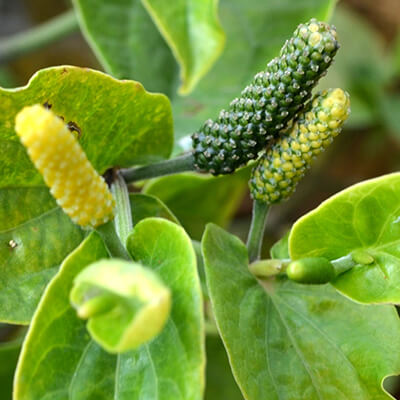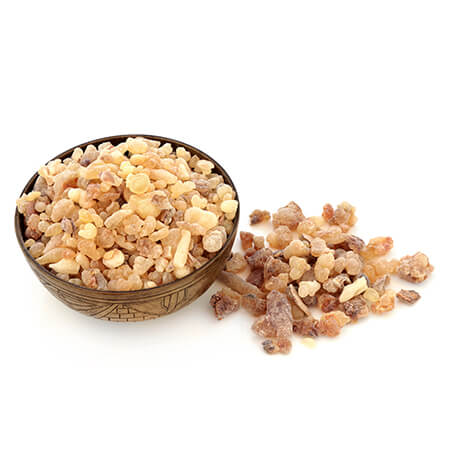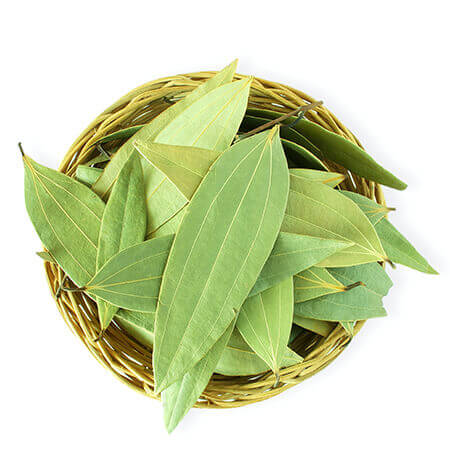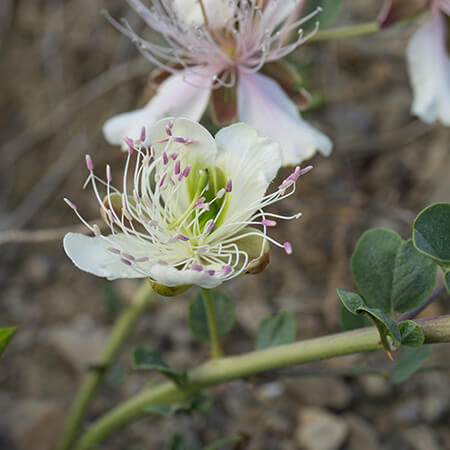Ayurveda and Science
Kulanjan/कुलंजन/Greater Galangal/Alpinia galanga/Malayvacha
AYURVEDIC & MEDICINAL PLANTS
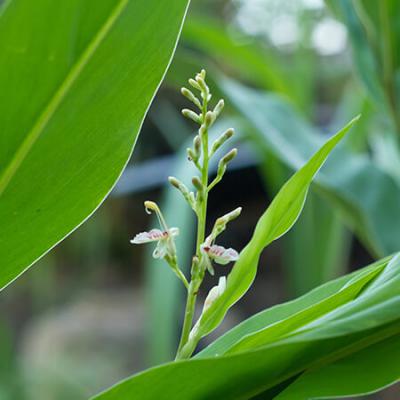
Alpinia Galanga Medicinal Uses
Stimulant and carminative. It is especially useful in flatulence, dyspepsia, vomiting and sickness at stomach, being recommended as a remedy for seasickness as recommended by Indian Ayurveda. It tones up the tissues and is sometimes prescribed in fever. The powder is sniffed in catarrh. Modern research has proved its bronchodilator property. Galangal is used in cattle medicine, and the Arabs use it to make their horses fiery. It is included in several compound preparations, but is not now often employed alone.
Chemical Composition
The rhizome contains up to 1.5% essential oil (1,8 cineol, α-pinene, eugenol, camphor, methyl cinnamate and sesquiterpenes).
In dried galanga, the essential oil has quantitatively different composition than in fresh one. Whereas α-pinene, 1,8-cineol, α-bergamotene, trans-β-farnesene and β-bisabolene seem to contribute to the taste of fresh galanga equally, the dried rhizome shows lesser variety in aroma components (cineol and farnesene, mostly). The resin causing the pungent taste (formerly called galangol or alpinol) consists of several diarylheptanoids and phenylalkanones (the latter are also found in ginger and grains of paradise). Furthermore, the rhizome is high in starch.
















